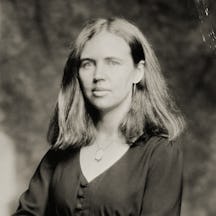When an expansion in the study of anatomy at medical schools fuelled a brisk trade in grave robbing, families fought to protect their loved ones’ remains. Allison C. Meier explains how mortsafes kept the bodysnatchers at bay.
In the Scottish hamlet of Towie, a rusted metal crown rises from the churchyard. It’s a rare relic from an era of rampant fear of grave robbing, when contraptions called mortsafes protected the newly dead. Made of iron and sometimes incorporating a heavy stone lid, a mortsafe enclosed a coffin to defend it from interference. The Towie example is one of several photographed and described by James Ritchie in ‘An Account of the Watch-houses, Mortsafes, and Public Vaults in Aberdeenshire Churchyards, formerly used for the Protection of the Dead from the Resurrectionists’, published in the ‘1911–12 Proceedings of the Society of Antiquaries of Scotland’. Images from his survey are now in Wellcome Collection.
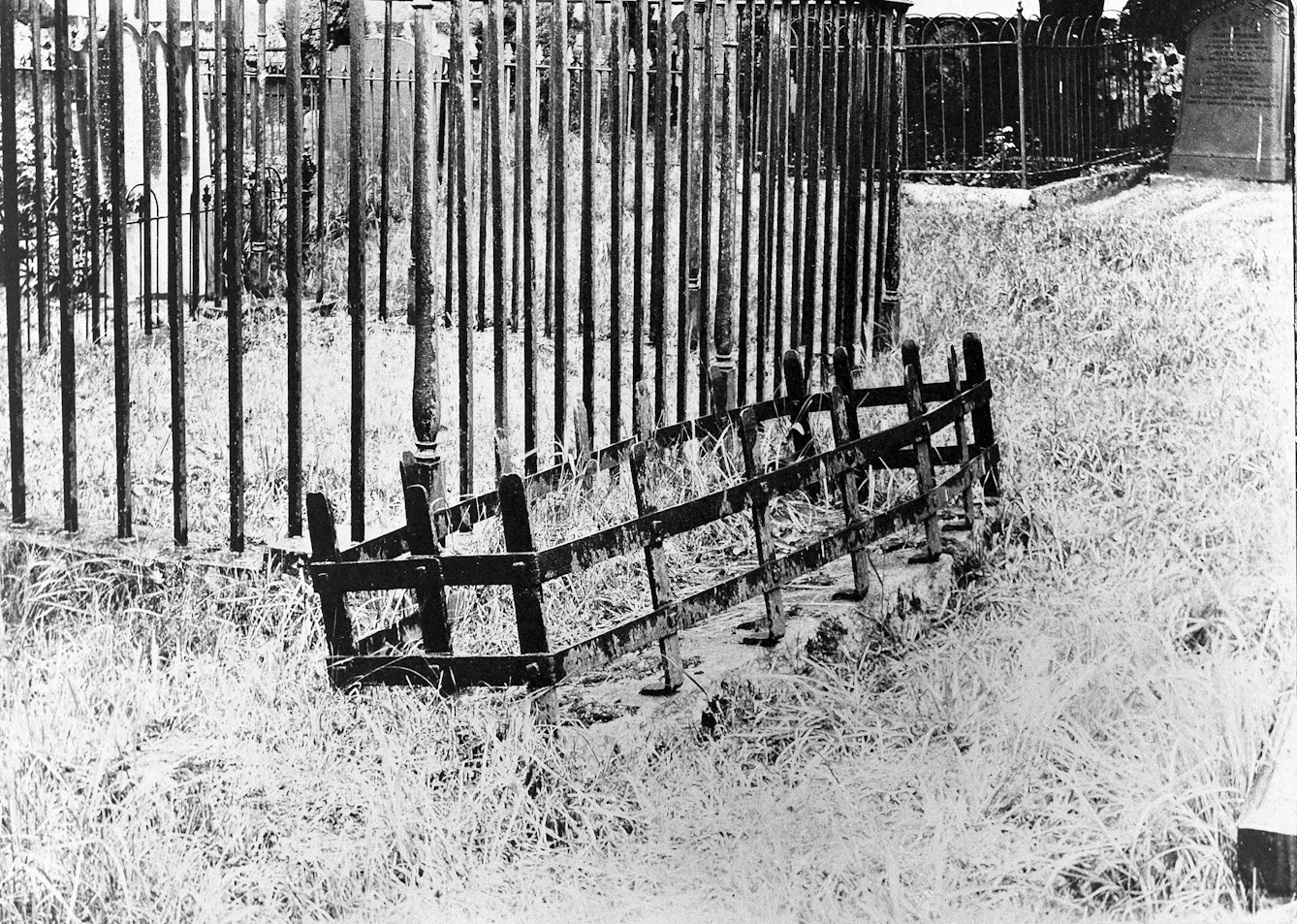
Mortsafe in Towie churchyard, Aberdeenshire.
"It is difficult for those of the present generation to realise the feelings of horror with which bodysnatching was regarded about a century ago,” Ritchie begins. A teacher at Port Elphinstone School, he was also an amateur photographer who contributed illustrated articles to the Society of Antiquaries, such as studies of prehistoric stone circles in Central Aberdeenshire. (His passion likely inspired his son, naturalist James Ritchie.)
A dread of dissection
The terror of grave robbers, or resurrection men, was concentrated in the 18th and 19th centuries, when a rise in anatomical and surgical study met a limited cadaver supply. In Great Britain and the United States, dissection was a punishment for executed criminals, and legal avenues for acquiring corpses were restricted beyond the gallows. So, if you had the stomach for it, money could be made by hauling carcases out of their graves and selling them to anatomists.
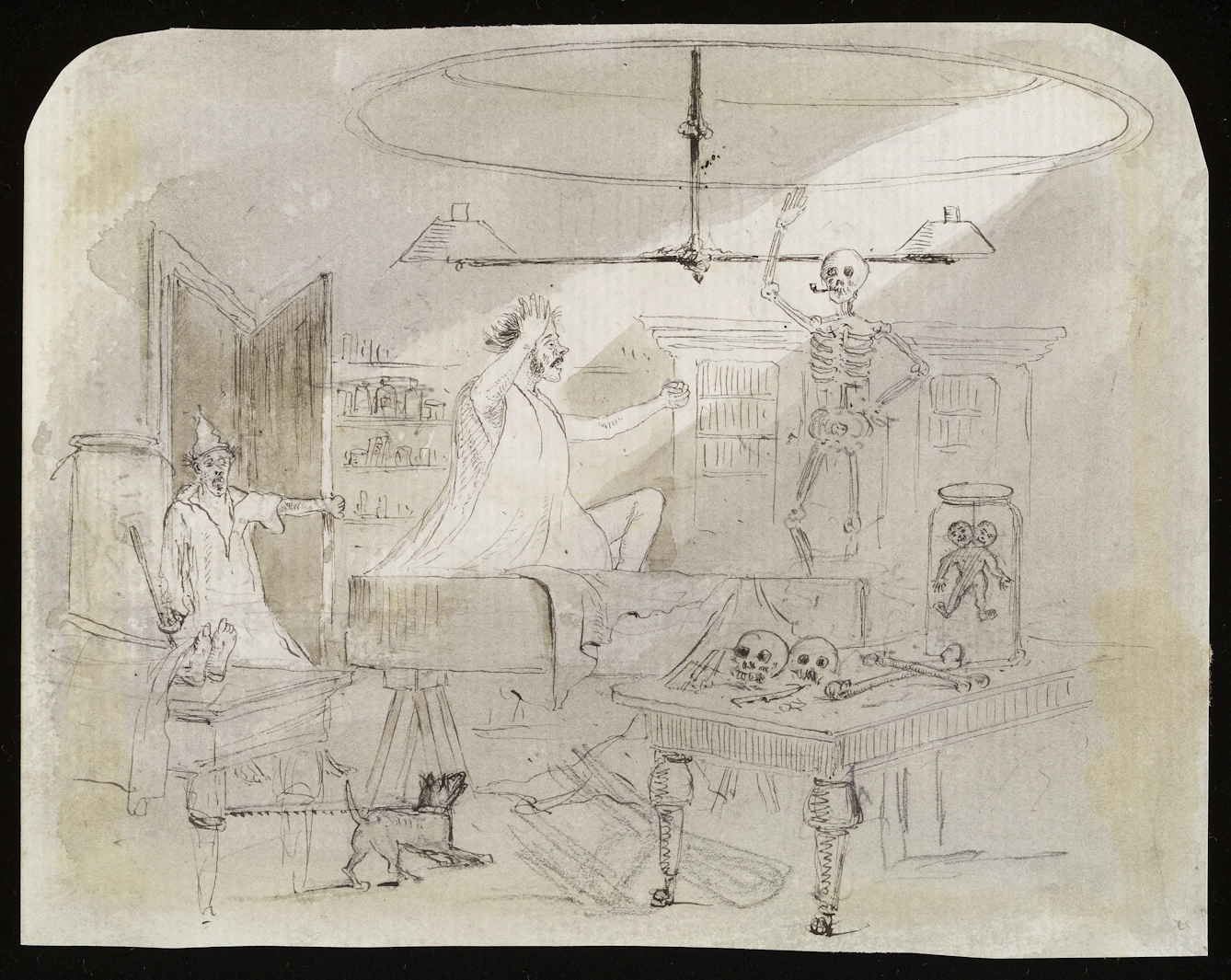
An anatomist’s dissecting room with a man thought to be dead waking up and sitting up in his coffin, c. 1830.
The British Anatomy Act of 1832 allowed anatomical schools the use of unclaimed bodies, but anxiety lingered. In Scotland, the well-publicised 1828 trial of William Burke and William Hare (who bypassed grave robbing altogether and killed people to sell their corpses) further fuelled this dread. Not even doctors wanted to be dissected: London anatomist Sir Astley Cooper — who had boasted "there is no person, let his situation in life be what it may, whom, if I were disposed to dissect, I could not obtain” — was in 1841 interred in multiple coffins in a stone sarcophagus.
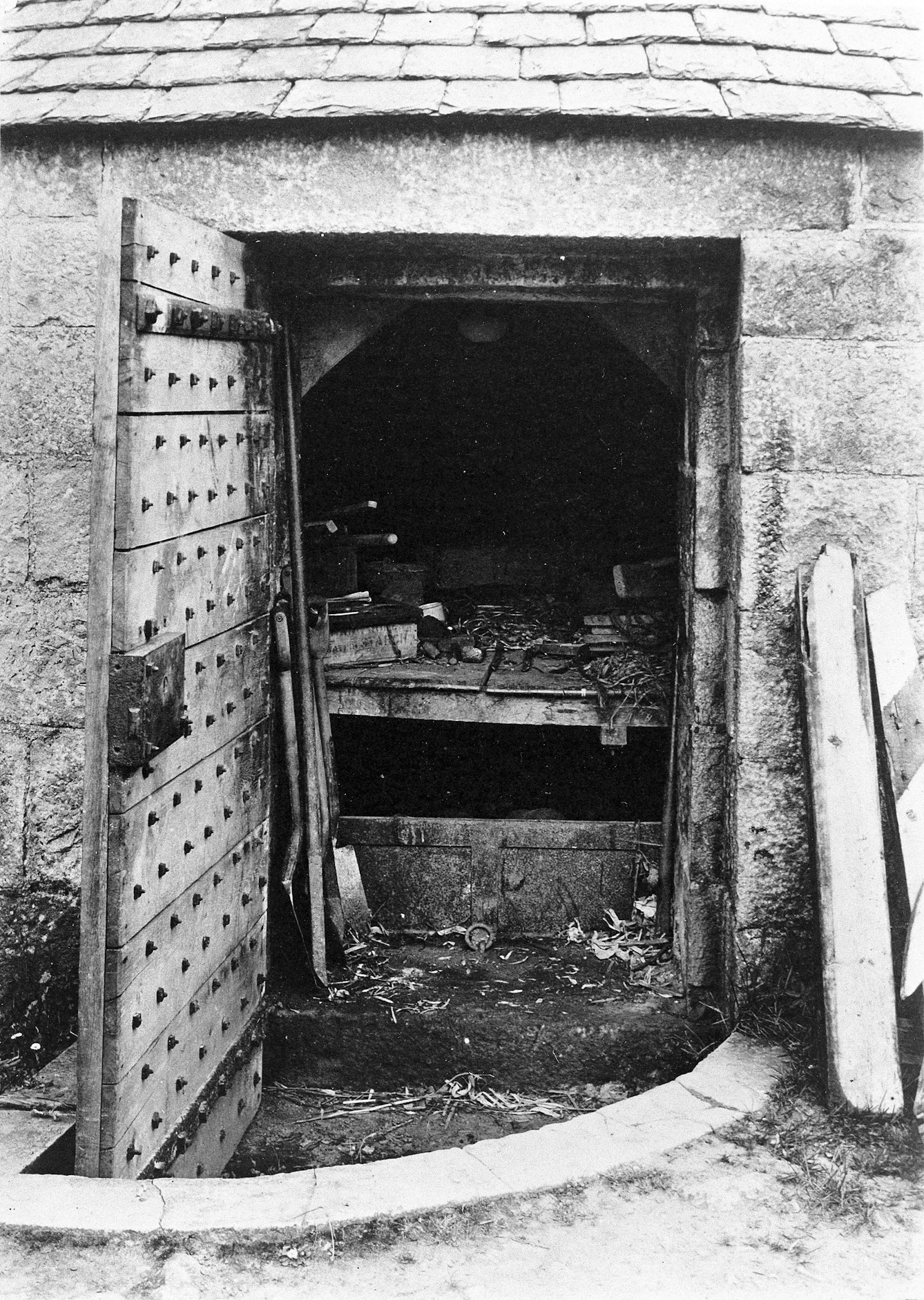
Vault with mortsafe in graveyard at Udny, Aberdeenshire.
Non-white and poor cemeteries were often targeted, especially as black cemeteries in the United States were usually located on the desolate edges of cities. A DIY safeguard might be placing a flower or rock on the fresh earth, although a diligent grave robber could just replace it. A late 1820s edition of Freedom’s Journal, an African-American newspaper, advised readers to layer straw and earth so it would take more time to disturb a burial. Recent excavation at the New Churchyard as part of the Crossrail project in London revealed an 18th-century coffin filled with sand and covered with rocks.
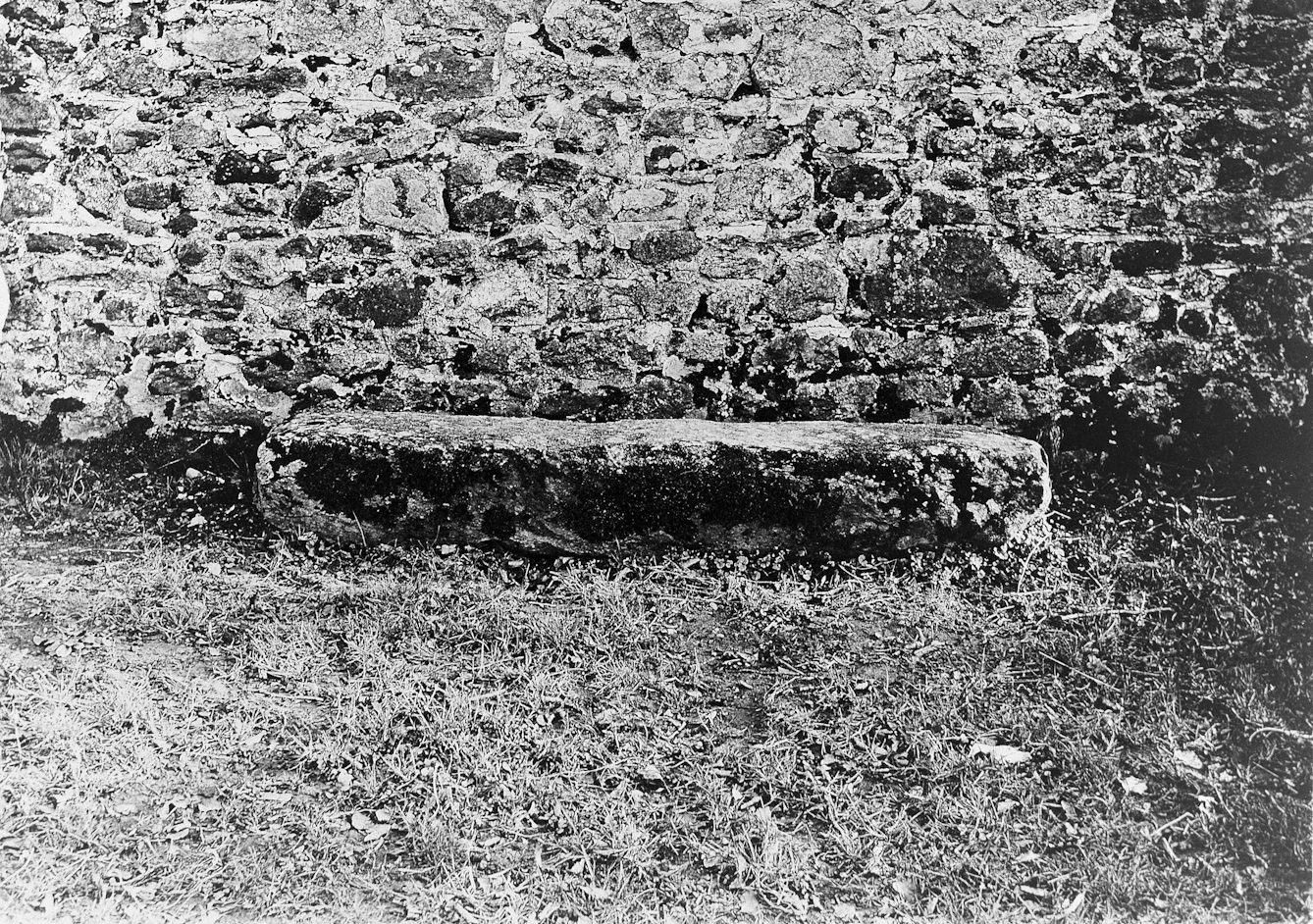
Mortsafe at Inverurie graveyard, Aberdeenshire.
Stones, safes and societies
Before the appearance of the iron mortsafes around 1816, large stones were sometimes employed. Ritchie documented a coffin-shaped granite block at Inverurie Churchyard, adding that Inverurie’s proximity to the university at Aberdeen, and the location of its graveyard outside of town, “afforded a tempting means of procuring the specimens required by the students”. Nevertheless, a stone was little detriment. Ritchie explained how a grave robber could dig down on one end of it to the coffin, where they “then fastened a rope round the neck of the corpse and dragged it out, afterwards filling up the hole and removing, as far as possible, all traces of their work”.
Mortsafes, iron coffin lids, and coffin collars around necks better secured the body for the weeks it needed to grow putrid, and therefore useless for anatomy. In ‘Bodysnatchers: Digging Up the Untold Stories of Britain’s Resurrection Men’, Suzie Lennox states that parishes "would often purchase one or two mortsafes and subsequently hire them out as required”. An 1888 issue of ‘North-Country Lore and Legend’ described a Mortsafe Society "which undertook the guarding of coffins on payment of a small sum per annm” [sic].
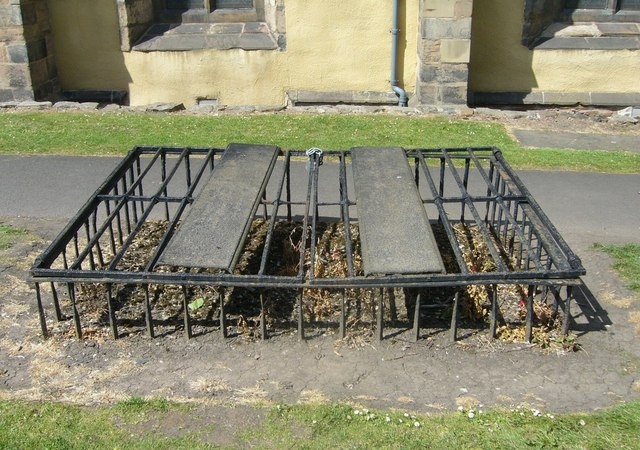
Mortsafe in Greyfriars Kirkyard.
Rare relics and recycled remains
Despite being designed to be temporary, some mortsafes were permanent, and could be above or below ground. In 2013, a 19th-century coffin was excavated in West Bromwich, the young woman inside protected by a metal cage. Her disfiguring bone and skin disease likely made her body desirable for theft. Greyfriars Churchyard in Edinburgh, a stone’s throw from the Old Medical School, still has a couple of iron cages, while in Catawissa, Pennsylvania’s Mt Zion Cemetery, two birdcage-like iron structures, now nicknamed the Hooded Graves, hint at the unease radiating around the Philadelphia medical schools.
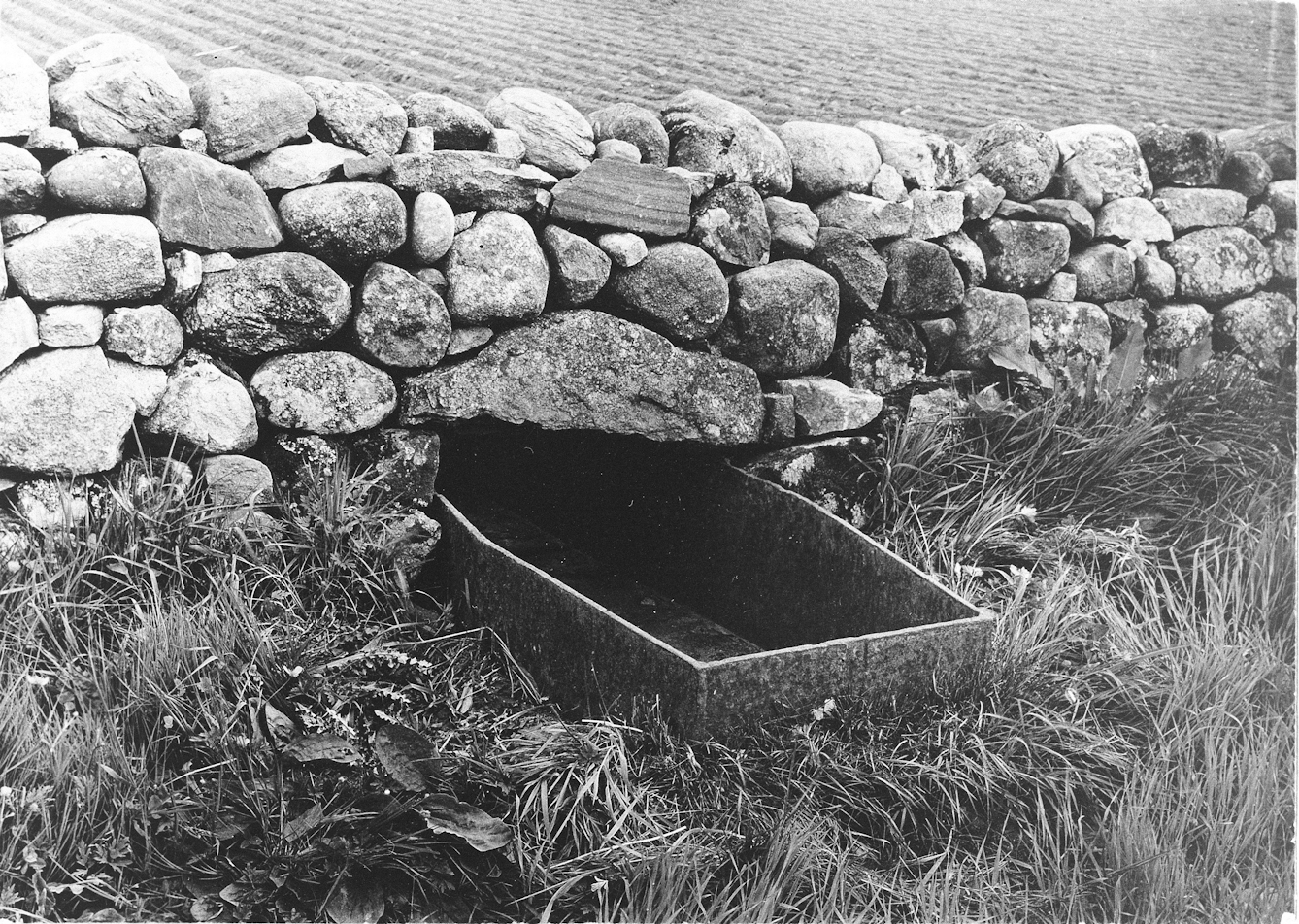
Mortsafe in graveyard at Durris, Aberdeenshire, used as a drinking trough for cattle.
When Ritchie set out to document mortsafes in Aberdeenshire, few were extant. In fact, he found some reused as watering troughs, one at an Upper Mills farm cleverly installed under a wall dividing two fields, so cattle on both sides could drink from the coffin shape. In the ‘1920–21 Proceedings of the Society of Antiquaries of Scotland’, he shared his supplementary notes, including the new discovery of a surviving mortsafe tackle at Inverurie, used to lift the hefty metal enclosures.
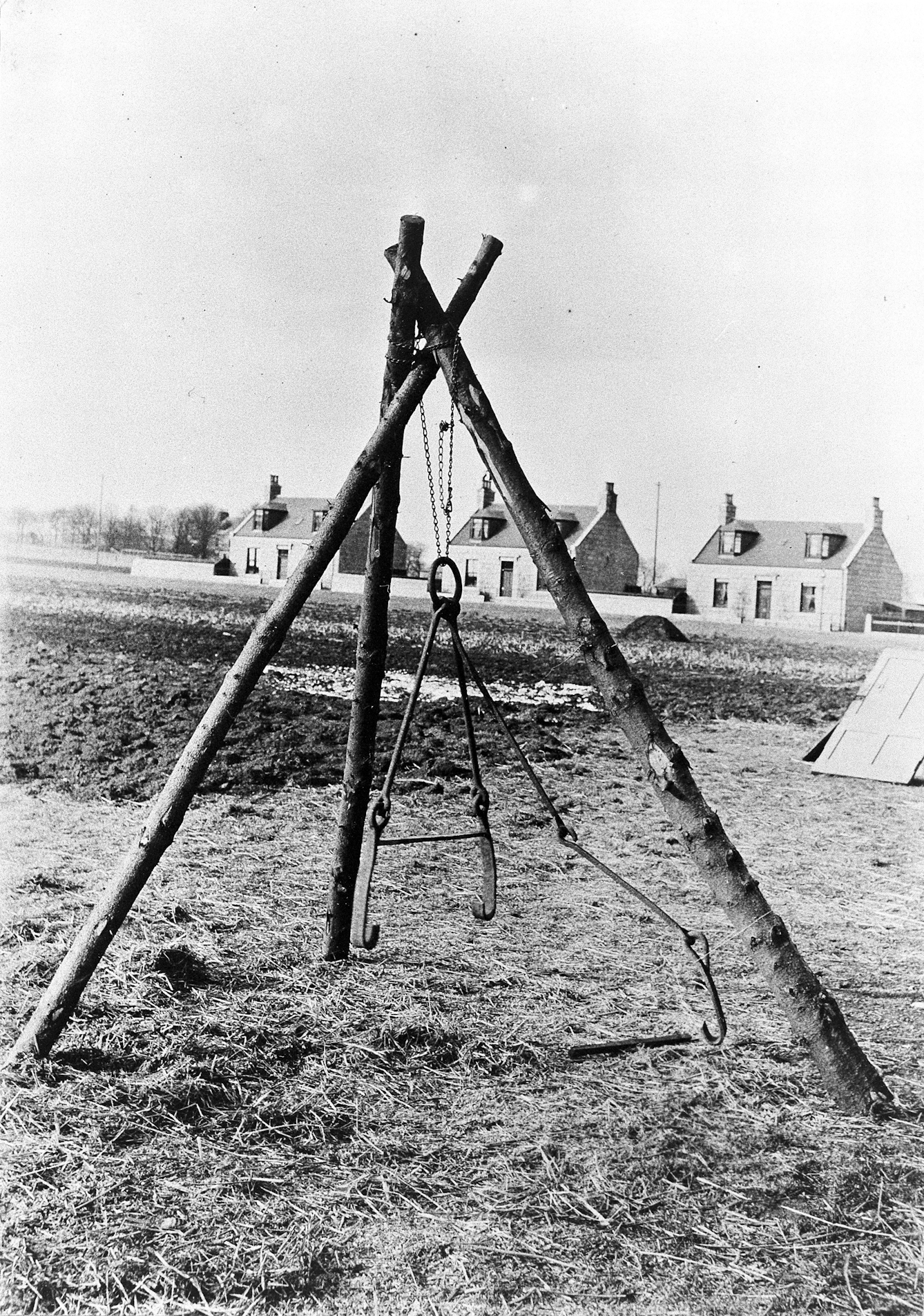
Mortsafe tackle at Invererie, Aberdeenshire.
Over the years, most mortsafes were discarded or their metal recycled. But Ritchie thought they were worth noticing to remember those decades of medical advancement and fear of fates worse than death. He wrote, “They are interesting as memorials of a time now rapidly passing into oblivion, when the feelings of the people were deeply stirred, and they were willing to suffer much inconvenience and to make many sacrifices to preserve the bodies of their dead friends from shameful desecration.”
About the contributors
Allison C Meier
Allison C Meier is a Brooklyn-based writer who focuses on history and visual culture. She was previously Senior Editor at Atlas Obscura and more recently a staff writer at Hyperallergic.

